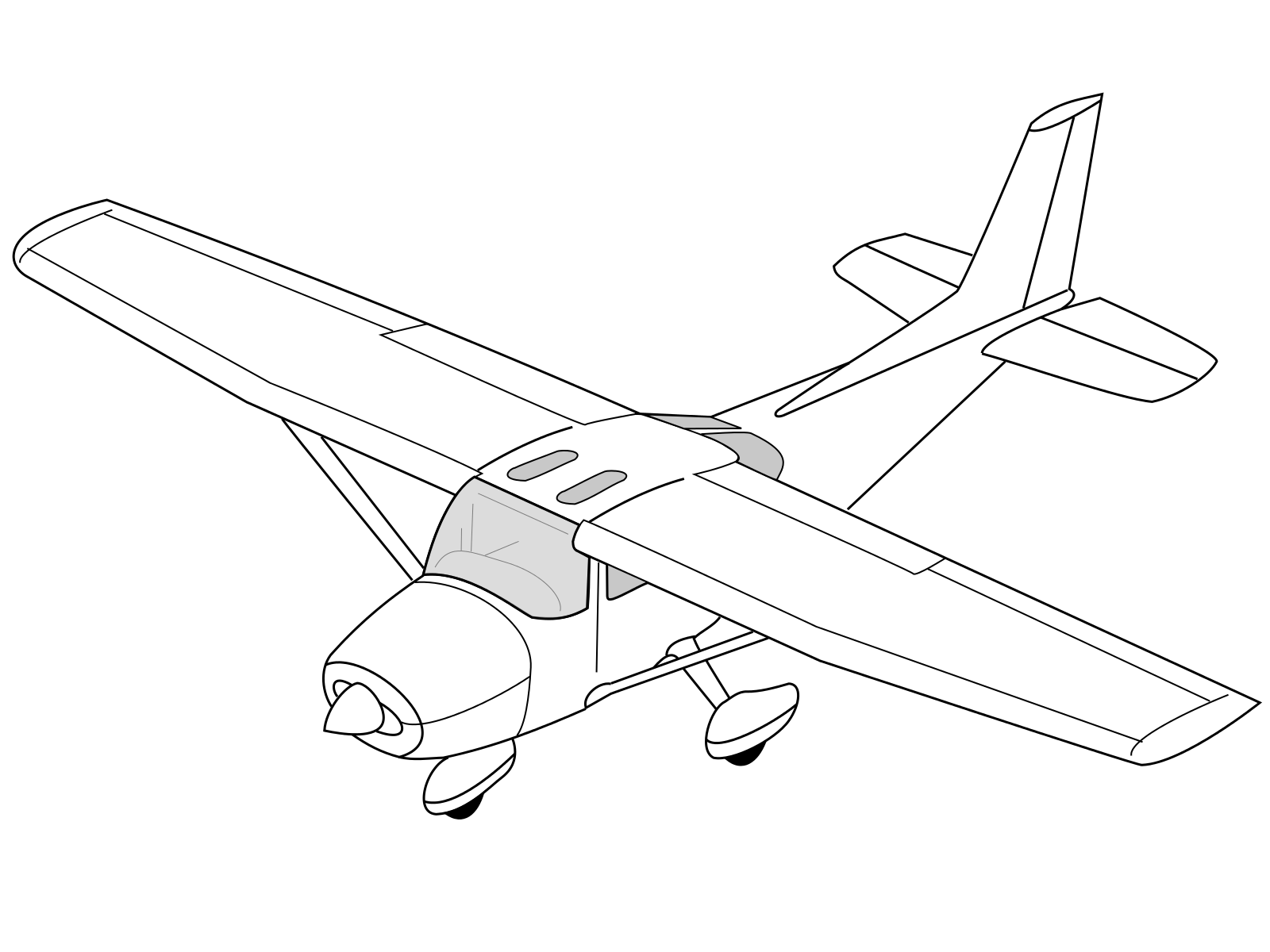
Glue the insides of the wing together, placing glue on the top of the supports to make sure the wings are strong. Once the insides of the first wing are in place, fold the wing in half over top the inner supports. For my plane I used three pieces stacked on top of each other, each losing about a centimeter in length and width for each level.Īfter you get your pieces cut out, glue them to the inside of the wing as close to the front edge as possible. This step doesn't need to be as precise since no one will actually see the insides of the wings. Hint: for cereal box cardboard, place the edge on a slightly rounded corner and rub the fold into the cardboard with a pencil or similar hard object.Īfter the base for the wing has been made, it is time to work on the inside of the wing, which will help the wing keep its shape, and help prevent the wings from bending too much if you ever feel like throwing this plane.įirst, grab some of the thicker cardboard and measure out enough quadrilaterals to build the wing up to the right height. Once you have each wing cut out, fold it along its front edge, but don't put a hard crease in it so that the airfoil shape can be made (unless your wing is supposed to have a sharp edge). Cut out the wings with a one cm or half inch allowance for the next step (it doesn't need to be exact).

Trace the template onto one of your pieces of thin cardboard then flip it so that the front edge of the wing is connected on the top and bottom side when it is cut out ( these pieces will be folded in half along the part where the two wing front edges touch). measure the width of the planes fuselage and include half of the width of that added on to the length of the wing (the wings will be slotted into the body of the plane).

Write this number down you will be multiplying all of your measurements by this (and using the resulting number as your measurements) so that everything is properly to scale.Īfter you have all of the measurements written down and to scale, transfer them onto a piece of paper to make a template. Next, choose how big of a wingspan you want your plane to have then divide the wingspan of your wings by the measured wingspan. You will want this to take measurements from so that your plane ends up properly to scale.įirst, measure the wingspan of the plane and the width of the wings at the end and at the base of the wing. For this part you'll want to find a good top down photo or drawing of your plane.


 0 kommentar(er)
0 kommentar(er)
